1/5




Glucose Injection 5%/10% Infusion 1000ml
$0.00
- FOB Price:
- Negotiable | Get Latest Price
- Order Quantity:
- 1 Set / Sets
- Supply Ability:
- 1000 Set / Sets per Month
- Port:
- shanghai
- Payment Terms:
- T/T L/C D/P D/A Credit Card PayPal Cash Escrow Other
- Delivery Detail:
- 5 days
Hot in store
-
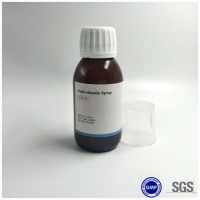
GMP Factory Multivitamin Syrup Vitamin
$0.30 -
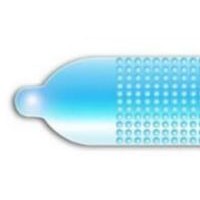
Condom with Dotted Plain Ribbed
$0.01 -

Male Latex Condom Ce ISO13485 Best Quali
$0.01 -

Diclofenac Sodium Tablet 25mg 50mg 100mg
Inquiry -
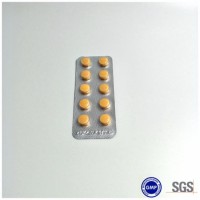
C-GMP Certified Diclofenac Sodium Tablet
Inquiry -

Diclofenac Sodium Injection
$0.20 -
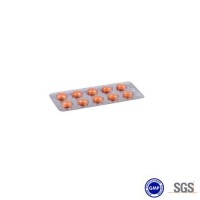
High Quality of Gastro-Resistant Diclofe
Inquiry -
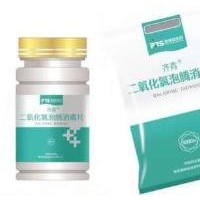
Chlorine Dioxide Disinfection Effervesce
Inquiry
Product Details
Product Name: Glucose Injection 5%/10% Infusion 1000ml Model NO.: 5% 10%1000ml Pharmaceutical Technology: Chemical Synthesis Type: Biological Products State: Liquid Suitable for: Children, Adult Application: Internal Medicine Certification: GMP Standard: Bp OEM: Available Shelf Life: 3 Years Trademark: Sundent Transport Package: 1bottle/Box Specification: 5%/10%, 500ml/250ml/100ml 1000ml Origin: China HS Code: 3004909099 Product Description Glucose InjectionIndication1. Supplement with energy and body fluids. For a variety of reasons caused by eating or fluid loss (such as vomiting, diarrhea, etc.), total intravenous nutrition, hunger ketosis. 2. Hypoglycemia. 3. Hyperkalemia. 4. The hypertonic solution is used as a tissue dehydrator. 5. Prepare peritoneal dialysis solution. 6. Drug diluents. 7. Intravenous glucose tolerance test. 8. For preparation of GIK (polarized liquid).Adverse reactions 1. Phlebitis occurs when a hypertonic glucose injection is administered. If a large intravenous infusion, the incidence of phlebitis decreased. 2. The extravasation of high concentration glucose injection can cause local swelling and pain. 3. Reactive hypoglycemia: In combination with excessive use of insulin, the propensity for hypoglycemic tendencies and total intravenous nutrition therapy to suddenly stop. 4. Hyperglycemia Non-ketotic coma: more common in diabetes, stress, the use of large amounts of glucocorticoids, uremia, peritoneal dialysis patients in the intraperitoneal administration of hypertonic glucose solution and total nutrition therapy. 5. Electrolyte disturbances, hypokalemia, hyponatremia and hypophosphatemia are prone to occur during long-term pure glucose supplementation. 6. The original cardiac insufficiency. 7. Hyperkalemia occurs occasionally in patients with type 1 diabetes when using high concentrations of glucose.Usage and dosage 1. Supplemental heat: When the patient has reduced the amount of food for some reasons or is unable to eat, he or she may generally receive 25% glucose injection intravenously and supplement the body fluid at the same time. The amount of glucose is calculated based on the required heat energy. 2. Total Vein Nutrition Therapy: (1) Glucose is the most important energy supply material for this therapy. In non-protein thermal energy, the ratio of glucose to fat supply heat is 2:1. The specific dosage depends on clinical heat requirements. (2) According to the amount of fluid required, glucose can be formulated with different concentrations of 25% to 50%. If necessary, insulin is added and 1 unit of regular insulin is added every 5 to 10g of glucose. (3) Because of the normal application of hypertonic glucose solution, the irritation to the vein is greater, and the fat emulsion is required to be infused. Therefore, a large intravenous drip is generally used.3. Hypoglycemia, in severe cases may be preceded by 50% glucose injection 20 ~ 40ml intravenous injection. 4. Hunger ketosis, in severe cases, 5% ~ 25% glucose injection intravenously, 100g glucose daily can basically control the condition. 5. Loss of water: Isotonic dehydration is given intravenously by 5% glucose injection. 6. Hyperkalemia: The application of 10% to 25% of the injection, every 2 ~ 4g of glucose plus 1 unit of regular insulin infusion, can reduce the serum potassium concentration. However, this therapy only allows extracellular potassium ions to enter the cell and the total potassium content in the body does not change. If potassium is not taken, there is still the possibility of hyperkalemia again. 7. Tissue removal: hypertonic solution (usually 50% glucose injection) rapid intravenous injection of 20 ~ 50ml. But the effect is brief. Clinical attention should be paid to preventing hyperglycemia, which is currently used sparingly. When used to adjust the osmotic pressure of the peritoneal dialysate, 20 ml of 50% glucose injection, ie 10 g of glucose, can increase the osmotic pressure of 1L of peritoneal dialysate by 55 mOsm/kgH2O.Contraindications 1. Diabetic ketoacidosis is not controlled. 2. hyperglycemia nonketotic hyperosmotic state.Precautions1. Pay attention to too much glucose during childbirth to stimulate the secretion of fetal insulin and post-production hypoglycemia. 2. Be cautious with the following conditions: (1) Patients with partial gastrectomy who are prone to dumping syndrome and hypoglycemic reactions during oral glucose tolerance test should be replaced by intravenous glucose test: (2) Patients with periodic paralysis and hypokalemia . (3) Hyperglycemia is easily induced by stress or when glucocorticoids are used. (4) Edema and severe heart and kidney insufficiency, cirrhosis and ascites are prone to water retention, and the amount of infusion should be controlled. Those with impaired heart function should particularly control the drip rate.Product fotoOur factoryThis product is produced in our GMP factory, all our facility has past China GMP, and also officially certificated by more than ten countries'MOH. Our ServiceWe can specially develop the products per customers' specification.We can offer OEM service with customers' private brands and labels.We can offer excellent after-sale service and professional technical support.Our Quality control systemIn manufacturing, quality is what sustains our life. Starting from the material selection, there are many factors thatcontribute to the quality control process. Our manufacturing facility isGMP certified. Quality Control (QC) and monitoring procedures are built into every aspect of our work.Our Quality Control System is outlined below:Initial inspection (such as raw material, excipients, package materials, etc.)In-process inspection (make sure that each testing items should be qualified )Final inspection before shipment of each order. Provide temperature control recorder when it is necessary for special market before loading.Our Registration Team and technical supportWe have experienced team to provide qualified and professional registration documents for most of countries. Up to present, we have registered more than hundred products and exported to more than 20 countries. Especially including those in Asia, Africa, South America, Middle east area and East Europe.We can provide regulatory documentsGMP Certificate / CE Certificate/NSF CertificateFree sales certificate Certificate of Pharmaceutical ProductsManufacture LicenseCTD Dossier.
Contact with Supplier
Recommend product
-
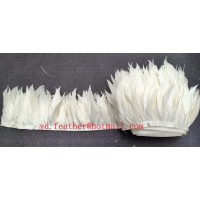
Stripped Soft Goose Fe
$3.00 -
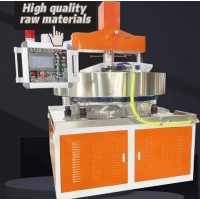
plastic ball grinding
$30000.00 -
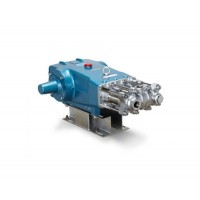
CAT piston pump 281
$4000.00 -
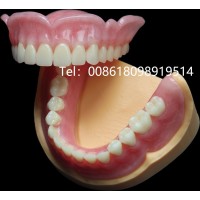
Droichead Zirconia Plu
$10.00 -
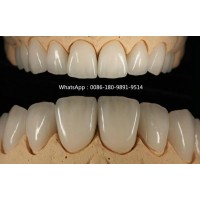
E.max crown, Veneer, I
Inquiry -
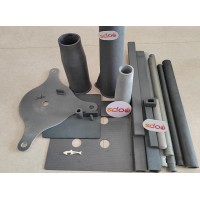
ReSiC Beams/plates/bur
$16.00 -
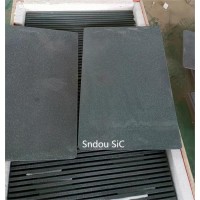
RSiC Slabs Boards Tile
$15.00 -

RSiC Batts as Kiln she
$15.00 -
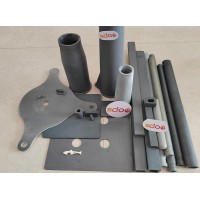
RSiC Tube by recrystal
$10.00 -
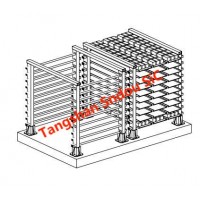
RSiC Kiln Furniture (B
$16.00 -
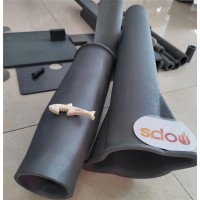
RSiC Burner Nozzle Fla
$18.00 -
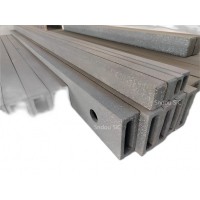
RSiC Beam Support Pill
$16.00 -
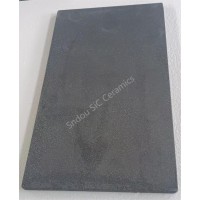
RSiC plate Slab Board
$15.00 -

NSiC Tube Pipes by Nit
Inquiry -

used excavator hudraul
$16600.00 -
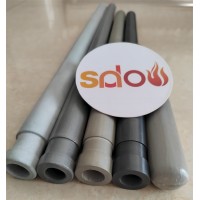
NSiC Thermocouple Prot
Inquiry -

Stalk Riser Tube for L
Inquiry -

NSiC Ceramic Heater Pr
Inquiry -

RSiC NSiC Ceramic Kiln
Inquiry -

used excavator hudraul
$11500.00
Product parameters
closure
This shop is operated by agent
- Set up shop
- Authorized by Manufacturers & Suppliers online marketplace B2B platform GongWong.com, can provide agency service
- Service Introduction
- Authorized product, Internet cloud promotion service integrating certification promotion and procurement inquiry
- Intelligent website construction
- PC terminal + mobile terminal, create a cost-effective corporate website!
closure